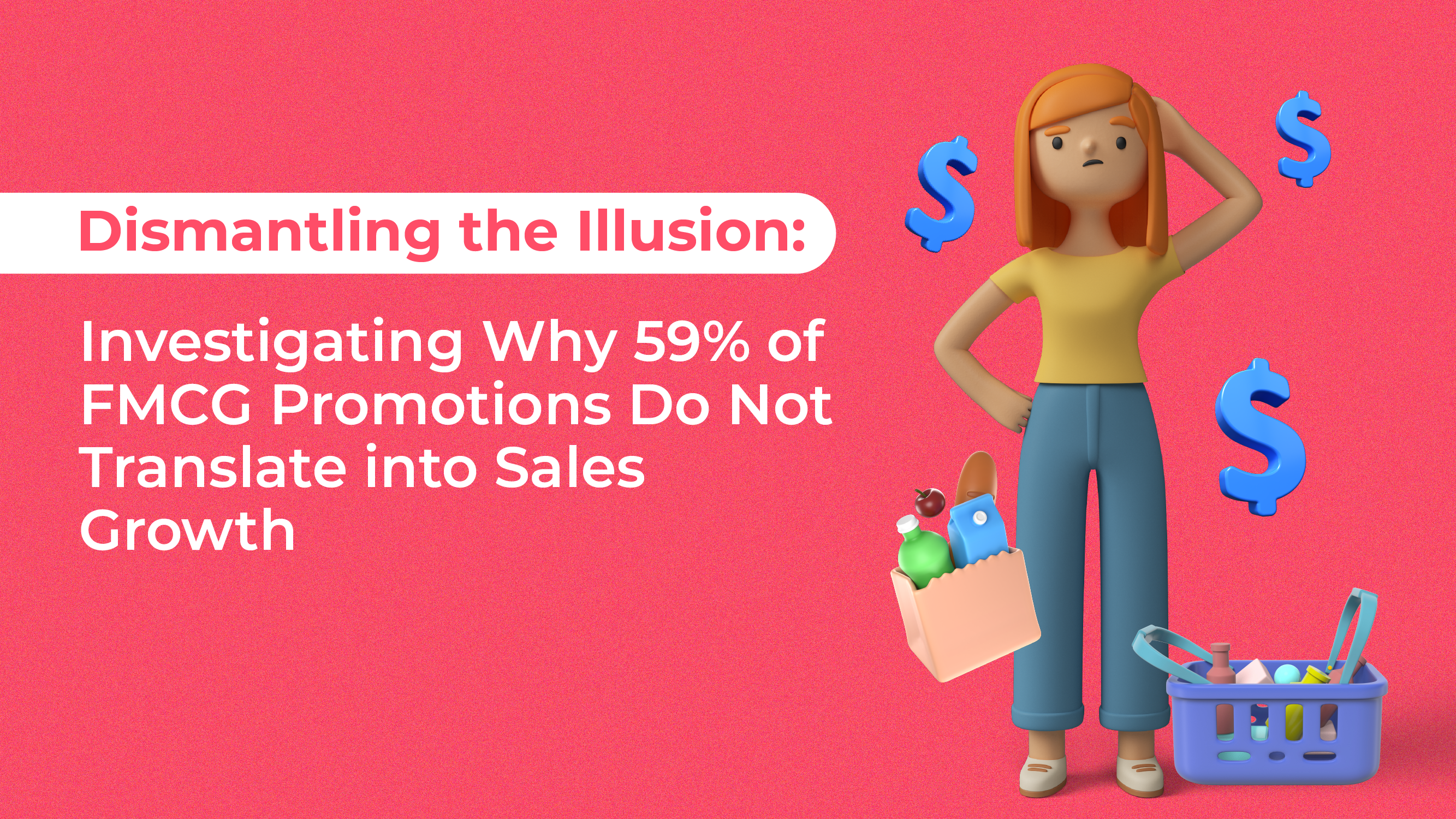For many full-service restaurants, the bar is where diners gather to eat and drink, while wait staff picks up the drinks from. The set-up of a bar depends on your restaurants capacity, theme and being licensed to serve liquor.
Full-service bars usually offer drinks as well as a limited or full menu.
Here’s a few things to check before setting up a bar in your restaurant.
1. Check Your Liquor License
Liquor licenses vary, and one license may cover all alcohol while others only cover wine and beer. If you are only serving beer and wine, a small service bar is more than adequate for your needs. If you plan to offer hard liquor as well as wine and beer and are looking to expand business through bar sales, you should plan for a full-service bar. Also, find out if your staff needs to have any specific liquor seller training before opening. Some states require TIPS or similar certifications, while others don’t.
It never hurts to have your staff trained in responsible beverage serving, as it protects them, the restaurant and the customer.
2. Choose the Right Spot for Your Bar
A bar right at the entrance of a restaurant can do double duty as a waiting area. Where else A bar in the center of a restaurant is easier for staff to access during the dinner rush. A bar placed at the back of a restaurant more intimate, away from the hustle and bustle of the front of the house. Decide which place is best for your bar.
[restrict]
Ideally, there should be about two feet of space in between bar stools to accommodate patrons. It means if you want eight seats at the bar, you need an eight-foot bar.
3. Get The Right Equipment for Your Bar
Bars need their own reach in coolers, ice bins, hygiene supplies, paper towel dispenser, liquor wells, glass racks, wine racks and dry storage. Coolers should be big enough to hold bottled beer, white and blush wines, as well as backups of juice, milk and other beverages, used to mix drinks. A restaurant bar also needs a beer tower and a place to keep kegs cold. You may have to run beer lines from the walk-in cooler if your bar doesn’t have enough space for kegs. Bar floors should be covered with rubber floor mats for employee comfort and safety.
4. Make Your Bar into a Wait Station
Make your bar as self-sufficient as possible. Outfit it with its own POS system, so that the bartender can take care of customer tabs right on the spot. An integrated POS also lets the bartender send food orders to the kitchen directly from the bar. Be wary of letting staff into the bar area, even if it is to use the POS system during a rush. Bartenders are typically territorial creatures and don’t like wait staff underfoot. You may need to implement a rule that no wait staff is allowed behind the bar during the dinner shift (or whatever times you deem necessary).
Use Warm Lighting to Set The Mood
Lighting in the bar should be subtle. Not so dark customers can’t read the menu, but not too bright. Recessed lighting and track lighting with dimmer switches allow you to control the light, adjusting it for the time of day.
A restaurant bar offers easy profits for restaurants if they follow the local laws and have the right insurance and training for staff. Liquor licensing and accompanying insurance varies from state to state, as do rules around responsible beverage training.
Actionable Takeaway
Take Advantage of Freebies. Your wine and beer salesperson can outfit you with free merchandise, like glasses, decorative mirrors, even those tacky neon lights that hang in windows. Find out what you can get for free before buying decorative items.
[/restrict]







